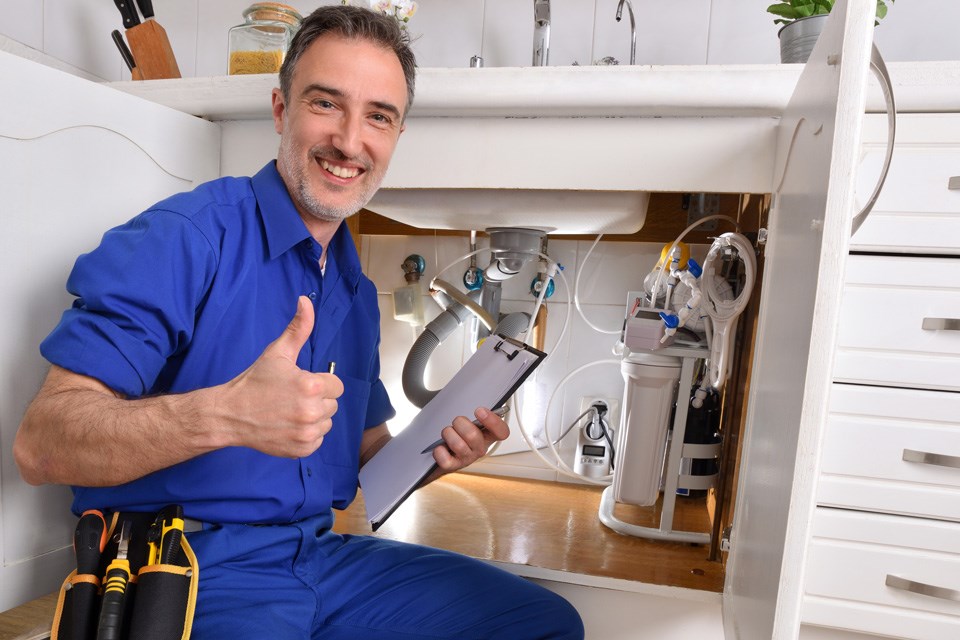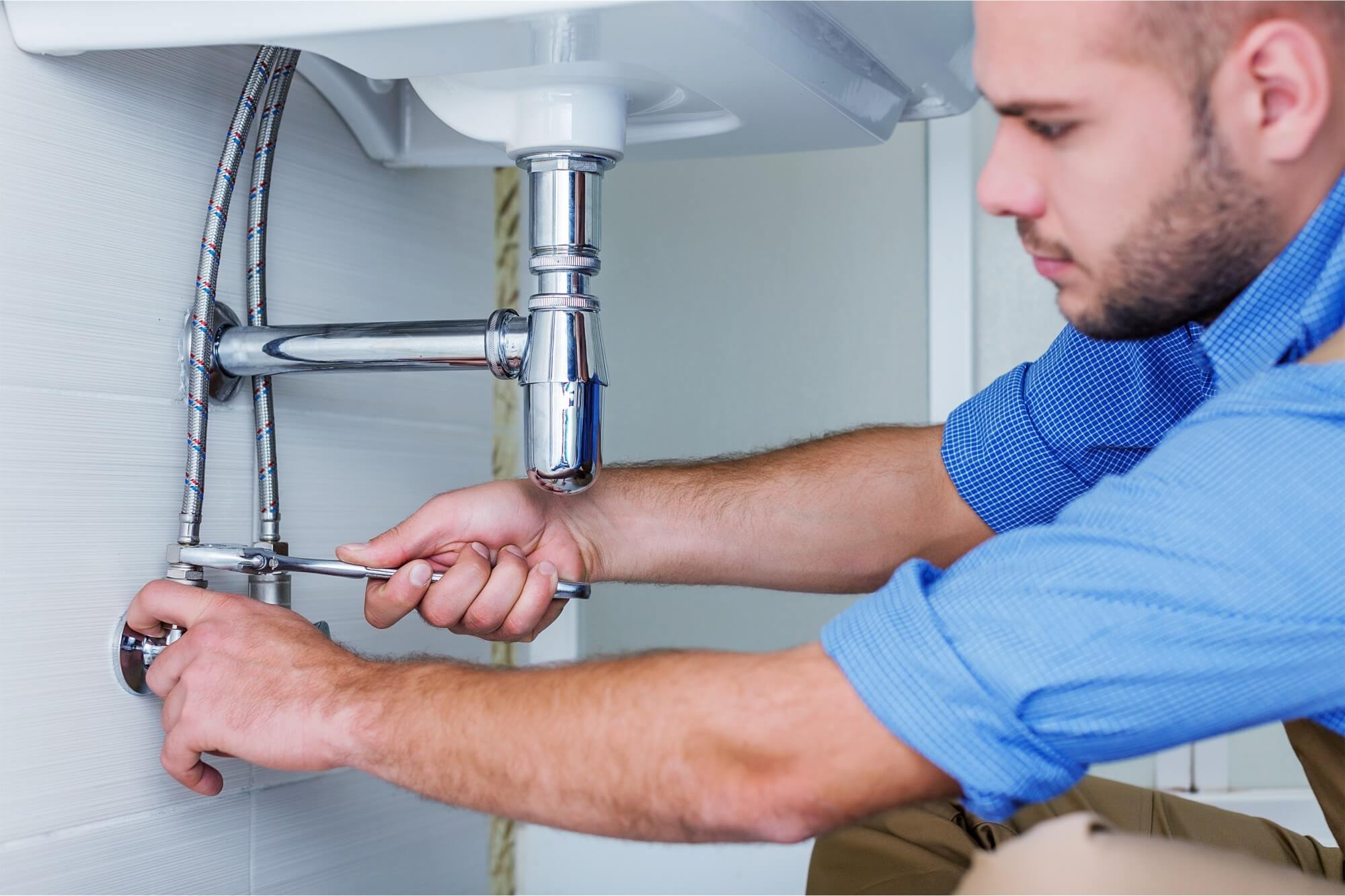Affordable Plumbing Services Alabaster AL for every single Budget plan
Affordable Plumbing Services Alabaster AL for every single Budget plan
Blog Article
A Step-by-Step Guide to Efficient Hot Water Heater Installment for Ideal Efficiency
Starting the job of setting up a hot water heater is a venture that requires precision and a methodical method for achieving optimum efficiency. The procedure begins with the essential decision of picking the ideal heater tailored to the certain needs of your home, thinking about factors such as size, type, and energy source. When chosen, preparing the installment area to meet safety criteria is vital. However, the trip doesn't finish below. As you proceed, the intricacies of connecting supply of water lines and establishing up dependable electrical or gas links await, appealing understandings right into making sure effectiveness and reliability.
Picking the Right Hot Water Heater

Following, consider the dimension and ability of the water heater. It's essential to examine your family's hot water demands, which can vary based upon the number of occupants and their usage patterns. A device that's also small may cause inadequate warm water, while an oversized design may cause unnecessary energy consumption.
Performance ratings also play a critical function in choice. Look for hot water heater with high Power Aspect (EF) ratings, suggesting premium performance and lowered power usage. Tankless designs, though usually a lot more expensive upfront, offer considerable power cost savings in time due to their on-demand heating capacities.
Preparing the Installation Area
Before installing a new hot water heater, meticulous prep work of the setup location is necessary. This ensures a smooth installment procedure and helps stop future difficulties (Plumbing Alabaster AL). Begin by choosing an appropriate location that follows regional structure codes and security standards. The area should be completely dry, well-ventilated, and easily accessible for upkeep. It's critical to gauge the space very carefully to suit the hot water heater's dimensions, guaranteeing ample clearance around the device for reliable procedure and maintenance.
Examine the flooring for security, as the water heating system will certainly need a solid, level surface to run properly. If necessary, install a drip pan underneath the unit to catch prospective leaks or spills, protecting against water damages to the surrounding area.
Additionally, make sure that all needed devices and products are on hand before commencing the installation. This includes things such as wrenches, screwdrivers, a degree, and any kind of additional equipment required for securing the heating system and placing. A well-prepared installation area sets the foundation for a successful hot water heater configuration, optimizing performance and security.
Connecting Water Lines
When connecting supply of water lines to your recently installed hot water heater, it is crucial to guarantee that all links are protected and leak-free to preserve reliable operation and protect against water damage. Begin by recognizing the cold and hot water system lines. The cold water inlet is commonly marked with a blue label or a "C", while the warm water electrical outlet is noted with a red label or an "H".
Use versatile water heater ports to assist in a simpler installment process. These connectors can soak up resonance and enable mild activity, minimizing the risk of leakages. Prior to connecting the adapters, position a plumbing's tape around the threaded ends of the water heater's inlet and outlet pipelines - Water Heater installation Alabaster AL. This tape acts as a sealant, avoiding leaks. Carefully connect the flexible tubes to the respective inlet and outlet, guaranteeing that they are limited yet not over-tightened, which might damage the threads.
As soon as connections remain in area, gradually switch on the major supply of water valve. Inspect each connection for leaks by aesthetically checking and feeling for moisture. Tighten connections as necessary, and make sure the pressure relief valve is correctly set up, guarding versus too much stress build-up.
Establishing Up Electrical or Gas Connections
Effectively establishing the electric or gas links for your water heating unit is a vital action to guarantee effective and secure procedure. For click here to find out more electrical hot water heater, start by validating that the electrical circuit works with the heater's voltage and amperage demands. Ensure the power supply is transformed off at the breaker to prevent accidents. Connect the electrical cords to the heater adhering to the supplier's electrical wiring representation. Usually, this entails linking the ground cord to the eco-friendly terminal, and the continuing to be cords to their matching terminals, protecting each with wire nuts.
For gas water heating units, safety is critical. Connect the gas line to the water heating system making use of an adaptable gas adapter, ensuring it is effectively threaded and sealed with pipe joint substance or Teflon tape appropriate for gas connections.
When connections are made, check for any potential leaks. For gas lines, use a soapy water option to the joints; bubbles show a leakage. For electrical links, confirm that all circuitry is protected and effectively protected, maintaining compliance with regional electric codes.
Adjusting and testing for Efficiency
With the electrical and gas connections safely in location, the next step is examining the operational efficiency of your water heater. Begin by thoroughly turning on the water supply and ensuring there are no leaks at any one of the valves or joints. As soon as validated, continue to fill the container, paying interest to the stress and temperature level settings. It is recommended to establish the thermostat to a suggested temperature of around 120 ° F(49 ° C) to stabilize power efficiency and comfort.
Next, perform an extensive inspection to ensure the home heating elements or burner are working properly. For electrical heaters, utilize a multimeter to validate if the aspects are drawing the appropriate existing. In gas designs, observe the burner fire; it must be steady and blue, showing reliable combustion.
Adjust the setups as needed to eliminate ineffectiveness. Consider implementing insulation actions, such as adding a hot water heater covering, to further enhance performance by minimizing warmth loss. Additionally, examine the anode rod's problem, as a scrubby rod can lower efficiency and cause storage tank rust.
Final Thought
Efficient water heater setup is critical for ensuring optimal efficiency and energy savings. Securely attaching Check Out Your URL water supply lines and carefully setting up electrical or gas connections reduce prospective concerns.

Appropriately establishing up the electric or gas links for your water heater is a crucial step to Website ensure secure and efficient operation. For electrical water heating systems, begin by verifying that the electric circuit is compatible with the heating system's voltage and amperage demands. Connect the gas line to the water heating unit using a flexible gas connector, ensuring it is effectively threaded and sealed with pipeline joint compound or Teflon tape ideal for gas connections.
Report this page